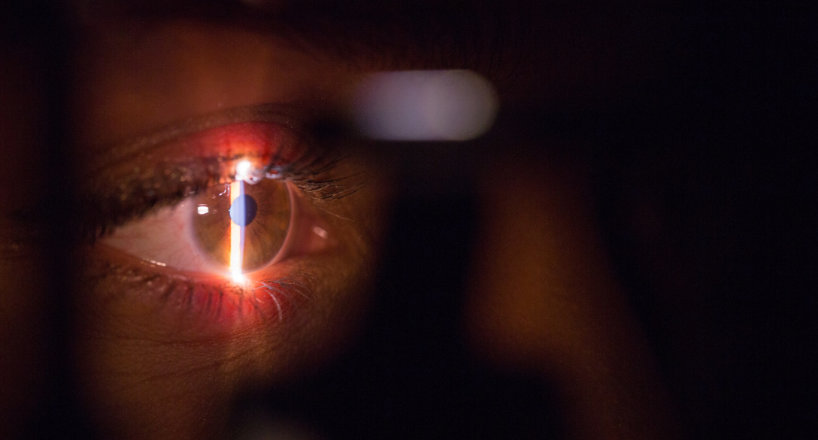LASIK (Laser-Assisted in situ Keratomileusis) is a type of refractive eye surgery that is used to correct various vision problems, such as myopia (nearsightedness), hyperopia (farsightedness), and astigmatism. This procedure uses a laser to reshape the cornea, the clear front part of the eye, so that light entering the eye can be properly focused onto the retina.
How Does LASIK Work?
LASIK is an outpatient procedure, which takes about 15 minutes for the actual surgical treatment on both eyes and an hour total with recovery. A topical anesthetic drop is used and there is no need for bandaging or stitches following the treatment. The physician will begin by supporting the eye and then making a small flap in the outer layer of the cornea. Then with access to the underlying tissue, he uses a laser to improve the corneal tissue and re-closes the flap, which will heal on its own. The nature of the corneal improvement depends upon the type of refractive error.
Wavefront LASIK
Wavefront LASIK uses computer system mapping innovation to direct the laser treatment based on the accurate shape of the cornea. This can remedy really precise problems, supply much sharper vision than non-wavefront LASIK, and can decrease issues such as halos, glare and problems seeing at night.
What to Expect During and After LASIK?

Throughout the procedure you might feel some pressure on your eye while the laser is working. Instantly following you will likely experience some blurriness and might feel burning or itching (make certain not to rub your eyes!). For your journey house you will be offered protective shields to secure your eyes and will require someone to drive you. You will likewise be prescribed medicated eye drops for a week or two to assist in recovery and prevent infection. Your doctor may likewise advise artificial tears to moisten the eyes and keep them comfy in the days following the procedure.
The day after the surgery you will be asked to visit your optometrist (or the cosmetic surgeon) for a checkup and to examine whether you are able to drive. Many people experience an enhancement in vision already, although for some it can take a couple of days or even a week. Your eyes might be delicate to light for a day or 2 as well. You will likely be recommended to rest for a day or more and to refrain from difficult physical activity for about a week until further recovery has taken place.
Many people achieve a minimum of 20/20 vision following the surgery, although this can vary and there are cases where 20/40 vision is gotten or where people continue to use glasses or contacts with a much lower prescription. Some patients have a light level of sensitivity, particularly when driving at night, likewise suffering from seeing halos around lights or glare.
There are glasses and lenses available to reduce this glare and help with night driving.
For some, it can take weeks and even months until the vision completely stabilizes. Occasionally, after a couple of months, patients who do not experience perfect outcomes will schedule an improvement or retouch surgery to correct the vision even further.
Am I a Candidate for LASIK?

The ideal LASIK candidate is a patient over 18 with normally healthy eyes. Since the treatment includes forming the cornea by eliminating a few of the tissue, it is not ideal for people with a thin cornea or any sort of corneal condition or illness. Clients with chronic dry eyes may likewise be disqualified as LASIK can typically exacerbate these symptoms.
During a detailed eye exam, your optometrist will examine your eligibility by taking a look at the general health of your eye including your cornea, your student, the moisture in your eye, the type of refractive mistake you have, and whether you have any other eye conditions of concern.
For the best prospect, LASIK can provide a lifestyle enhancement by offering clear vision without the need for glasses or contact lenses, however, the results are not ensured. You and your eye doctor require to weigh the advantages and the possible threats based on your personal needs.